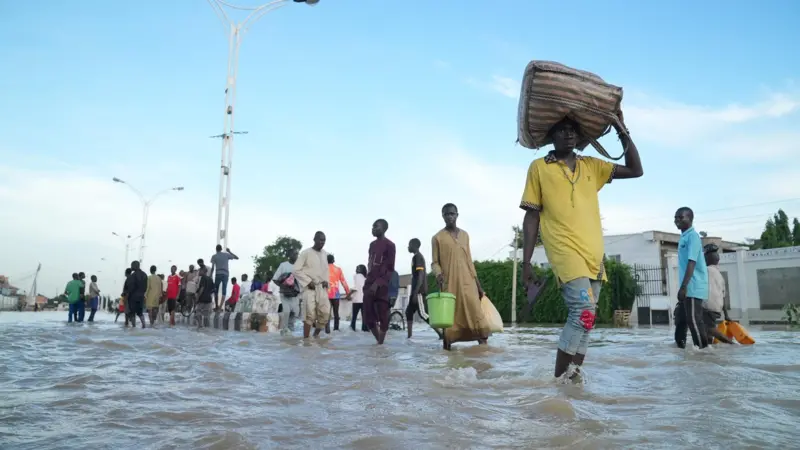The recent collapse of the Alau Dam in Borno State has triggered severe flooding and mass displacements, spotlighting concerns over fiscal accountability and the management of budget allocations.
Over the past 12 years, the Alau Dam has been allocated a total of ₦762 million. Despite these substantial funds, the dam’s condition remained poor, raising questions about the effectiveness of the financial oversight. Successive administrations, from Goodluck Jonathan to Muhammadu Buhari and currently Bola Tinubu, have earmarked funds for the dam’s rehabilitation. Buhari’s tenure saw the highest allocations, including ₦285 million in 2020 and ₦200 million in 2023. However, the specific use of these funds remains unclear.
In the earlier years, the budgets included targeted repair initiatives, such as ₦11 million in 2012 for desilting and a hydrographical survey, and ₦12 million in 2013 for further reservoir desilting. The 2016 budget allocated ₦10 million for dyke repairs. Yet, from 2017 onwards, budget descriptions for the dam were vague, simply referencing “Alau Dam Rehabilitation” without detailed project outlines.
The Federal Ministry of Water Resources oversees these projects, with the Chad Basin River Development Authority as the implementing agency. However, there has been a persistent lack of clarity about the disbursement and use of these funds. For example, the 2012 budget implementation report indicated a 70.59% performance rate but lacked specifics on the use of funds. The 2013 report did not clarify the effectiveness of the ₦12 million allocated. By 2014, crucial budget reports were missing, and in 2015, the ministry executed only 48% of its budget without specific mentions of the dam.
Reports for subsequent years showed varying implementation rates but continued to lack detailed information about the dam. Records from the Open Treasury Portal reveal approximately ₦300 million spent on the dam’s rehabilitation from 2018 to 2024, including ₦162 million in 2023 alone.
The recent collapse has had devastating consequences: over 30 fatalities, 414,000 displaced individuals, and significant damage to wildlife, with 80% of the Sanda Kyarimi Zoo’s animals perishing. Additionally, around 280 prisoners escaped from the Maiduguri Medium Security Custodial Centre, with their whereabouts still unknown.
The Alau Dam has a history of causing such disasters, with a similar collapse in September 1994 displacing 400,000 people. Originally constructed in 1986 for irrigation and water supply, the dam’s failure has affected multiple states and parts of Cameroon, with the recent flooding deemed more severe than the 1994 disaster by the United Nations.
Borno State has received over ₦816 million in federal ecological funds, with approximately ₦770 million allocated for environmental protection in 2023. However, state responses have been primarily reactive, focusing on temporary relief rather than long-term solutions. Residents are left to cope with the aftermath of each disaster, awaiting the next crisis.

